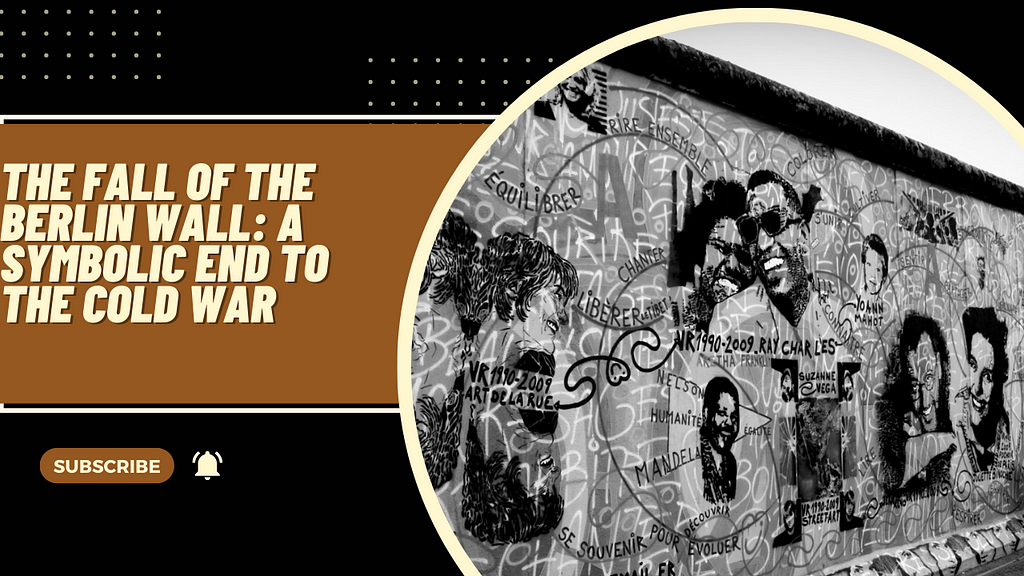
The year 1989 marked a historic turning point in global geopolitics, as the Berlin Wall, a physical embodiment of the Cold War divide, fell, symbolizing the end of an era. The Cold War, a period of intense ideological and geopolitical rivalry between the United States and the Soviet Union, found its symbolic conclusion in the crumbling of the Berlin Wall. This monumental event not only reshaped the political landscape of Europe but also sent shockwaves around the world, signifying the triumph of democratic ideals over communism. This article explores the multifaceted aspects of the fall of the Berlin Wall and its significance in bringing an end to the Cold War.
- The Construction of the Berlin Wall: The Berlin Wall, erected by the German Democratic Republic (East Germany) in 1961, physically separated East and West Berlin, becoming a tangible manifestation of the ideological divide between communism and democracy. It was built to prevent East Germans from defecting to the West and was a stark symbol of the Iron Curtain that divided Europe during the Cold War.
- A Symbol of Repression: The Berlin Wall served as a poignant symbol of the repressive nature of the Eastern Bloc. Families were torn apart, and individuals were subjected to restricted movement and surveillance. The wall became synonymous with the suppression of basic human rights and the denial of freedom.
- The Winds of Change: By the late 1980s, a series of political and economic reforms, such as perestroika and glasnost, initiated by Soviet leader Mikhail Gorbachev, began to permeate the Eastern Bloc. These reforms aimed at opening up the political system and fostering transparency, inadvertently contributing to a wave of democratization across Eastern Europe.
- Peaceful Protests and Mass Demonstrations: The fall of the Berlin Wall was not a sudden event but the culmination of years of peaceful protests and mass demonstrations against the oppressive regimes in Eastern Europe. The people, particularly in East Germany, demanded political freedom, economic reforms, and the right to travel freely. The image of thousands of East Germans flooding the streets demanding change became a defining moment in the unraveling of the Cold War.
- The Night of November 9, 1989: The fateful night of November 9, 1989, witnessed the East German government unexpectedly announcing relaxed travel restrictions. Thousands of East Berliners rushed to the border crossings, demanding to be let through. Overwhelmed border guards eventually yielded, and the barriers were lifted. The physical dismantling of the Berlin Wall had begun, leading to scenes of jubilation and unity as East and West Berliners embraced each other on both sides of the divide.
- Global Impact: The fall of the Berlin Wall sent shockwaves throughout the world. It symbolized the end of the Cold War and paved the way for the reunification of Germany. The geopolitical landscape underwent a radical transformation as former Eastern Bloc countries embraced democracy and sought integration into the global community.
Conclusion: The fall of the Berlin Wall stands as a pivotal moment in modern history, representing the triumph of freedom and democracy over authoritarianism and oppression. Beyond the physical dismantling of a barrier, it symbolized the collapse of the ideological divide that had gripped the world for decades. The events leading to and following the fall of the Berlin Wall underscore the power of people’s aspirations for liberty and self-determination. It remains an enduring testament to the human spirit’s capacity to break down walls and build bridges toward a more interconnected and free world.
The Fall of the Berlin Wall: A Symbolic End to the Cold War was originally published in SapiensStorytime on Medium, where people are continuing the conversation by highlighting and responding to this story.